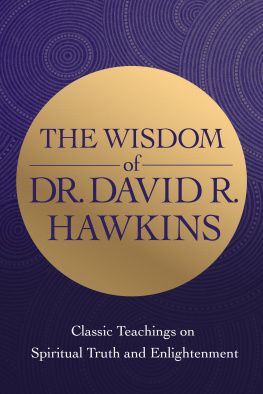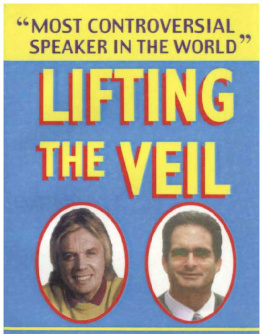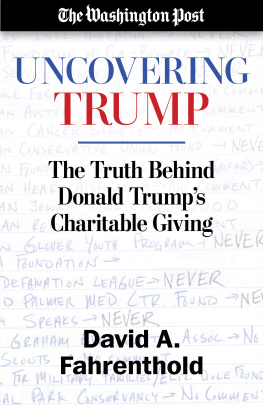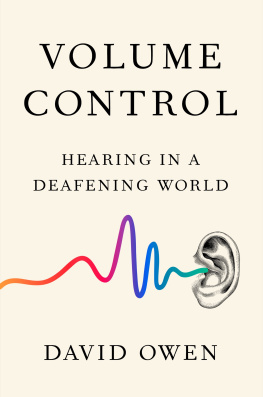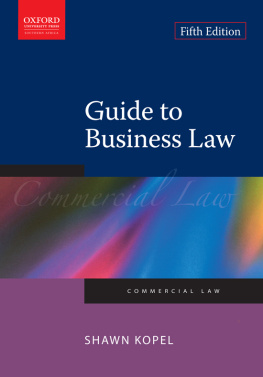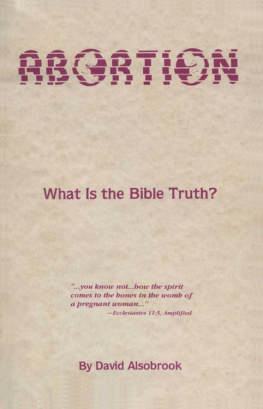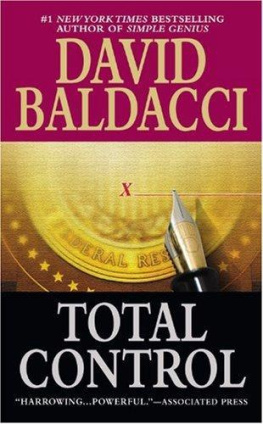T HE S ECOND A MENDMENT is under siege, and not for the first time. Todays war on Second Amendment rights, led by President Obama and New York City Mayor Michael Bloomberg, continues an American culture war that has been going on for half a century. The roots of the gun-control movement can be traced back even further, to Reconstruction and attempts to disarm the freedmen, and before that to the British gun-confiscation program that sparked the American Revolution.
President Obama, having finished his last election, is wielding his newfound flexibility and using the murders at Sandy Hook Elementary School in Newtown, Conn., to promote massive bans on firearms and magazines. Yet the presidents prohibitions would have made no difference at Sandy Hook. The killer fired 150 rounds during the 20 minutes it took the police to arrive a rate of fire that could be duplicated by any firearm produced in the past 150 years. He changed magazines repeatedly, dumping half-full magazines on the floor.
The gun-control debate always has its micro-issues du jour plastic guns, cop-killer bullets, so-called assault weapons, waiting periods, gun registration, and so on. The first three things on the list do not really exist. All the issues are simply the battles of the day in a much larger struggle. What is ultimately at stake is the same question that precipitated the American Revolution: whether the American people are the sovereigns in their own country or whether they should be ruled from above, for their own good, according to the supposedly benevolent commands of the elitist rulers of a top-down, European-style society.
T HE H ISTORY OF THE R IGHT TO K EEP AND B EAR A RMS
Self-defense is the most fundamental of all natural rights. So agreed the founders of international law, including Francisco de Vitoria, Francisco Surez, Hugo Grotius, Samuel Pufendorf, and Emmerich de Vattel. They built the classical system of international law through moral and logical reasoning, starting with self-evident truths about individual human rights. Foremost among these rights was self-defense.
A necessary corollary to the natural right of self-defense is the right to defensive arms.
What is ultimately at stake is the same question that precipitated the American Revolution: whether the American people are the sovereigns in their own country or whether they should be ruled from above.
For most people, some sort of arm is the only practical way in which they can vindicate their inherent right of self-defense. A woman who is attacked by a gang of three rapists usually needs a weapon to defend herself.
Thus, as the U.S. Supreme Court correctly stated in the 1876 case U.S. v. Cruikshank, the Second Amendment right to bear arms, like the First Amendment right to assemble, is an inherent human right that predates the Constitution. The First and Second Amendments protect these rights but do not create them. Rather, each right is found wherever civilization exists.
Or, as John Locke wrote in The Second Treatise of Civil Government, because God has created every person, every person therefore has the right and the duty to protect his or her God-given life from criminals, including criminal governments.
John Adams and Thomas Jefferson disagreed on much. But they agreed on the fundamental right to self-defense. Adams supported arms in the hands of citizens, to be used at individual discretion for private self-defence. Like Adams, Jefferson was a great admirer of the Italian scholar Cesare Beccaria, who founded the modern science of criminology, with his international best seller On Crimes and Punishments (Dei Delitti e Delle Pene). An oft-quoted passage from Beccaria observes:
The laws which forbid men to bear arms only disarm those who are neither inclined nor determined to commit crimes. Can it be supposed that those who have the courage to violate the most sacred laws of humanity and the most important in the civil code will respect the lesser and more arbitrary laws? These laws make the victims of attack worse off and improve the position of the assailant. They do not reduce the murder rate but increase it, because an unarmed man can be attacked with more confidence than an armed man.
T HE C OLONIES, THE R EVOLUTION, AND THE C ONSTITUTION
To the Americans of the 13 colonies, self-defense was both a right and a duty. Americans had been used to having firearms from the first days of European settlement. Unlike in Europe where the aristocracy maintained a monopoly on hunting hunting in America was wide open from the first days of white settlement (indeed, from the days when the first Indians crossed the Bering Strait).
All colonies except Pennsylvania required gun ownership by militiamen (most adult males). Many colonies also mandated gun ownership by the head of a household including a woman, if she was the head and sometimes required the carrying of guns when traveling or when going to public meetings, such as church services.
The right and duty of self-defense applied to a householder protecting her children and to militiamen protecting their communities from foreign enemies or from tyranny. Self-defense was a seamless web; the difference between self-defense against a criminal invader in the home, against a gang of highway robbers, or against a criminal tyrant with his standing army was only one of scale. The tyrants gang was just bigger than the other ones.
The American Revolution began because of gun control. For years the Americans and the British intensely disputed whether the king and Parliament had the authority to govern the domestic affairs of the Americans and tax their internal trade. The dispute turned into a war when King George and his ministers attempted to disarm the Americans.
In the fall of 1774, the king embargoed the delivery of firearms and gunpowder to America. At the same time, royal governors began sending out the Redcoats to seize the public arms the firearms and ammunition that some colonies stored in central armories to supply arms to militiamen who could not afford their own. The reason these seizures did not start an immediate war was that they were carried out in predawn raids, before any resistance could assemble.







